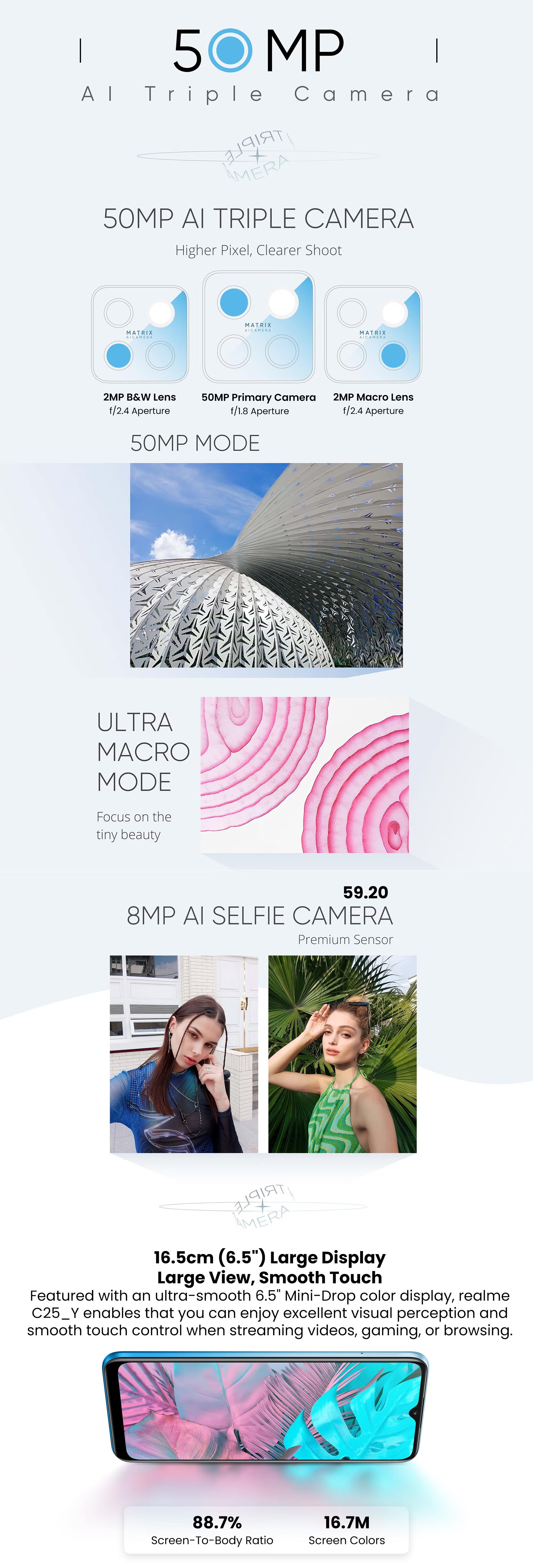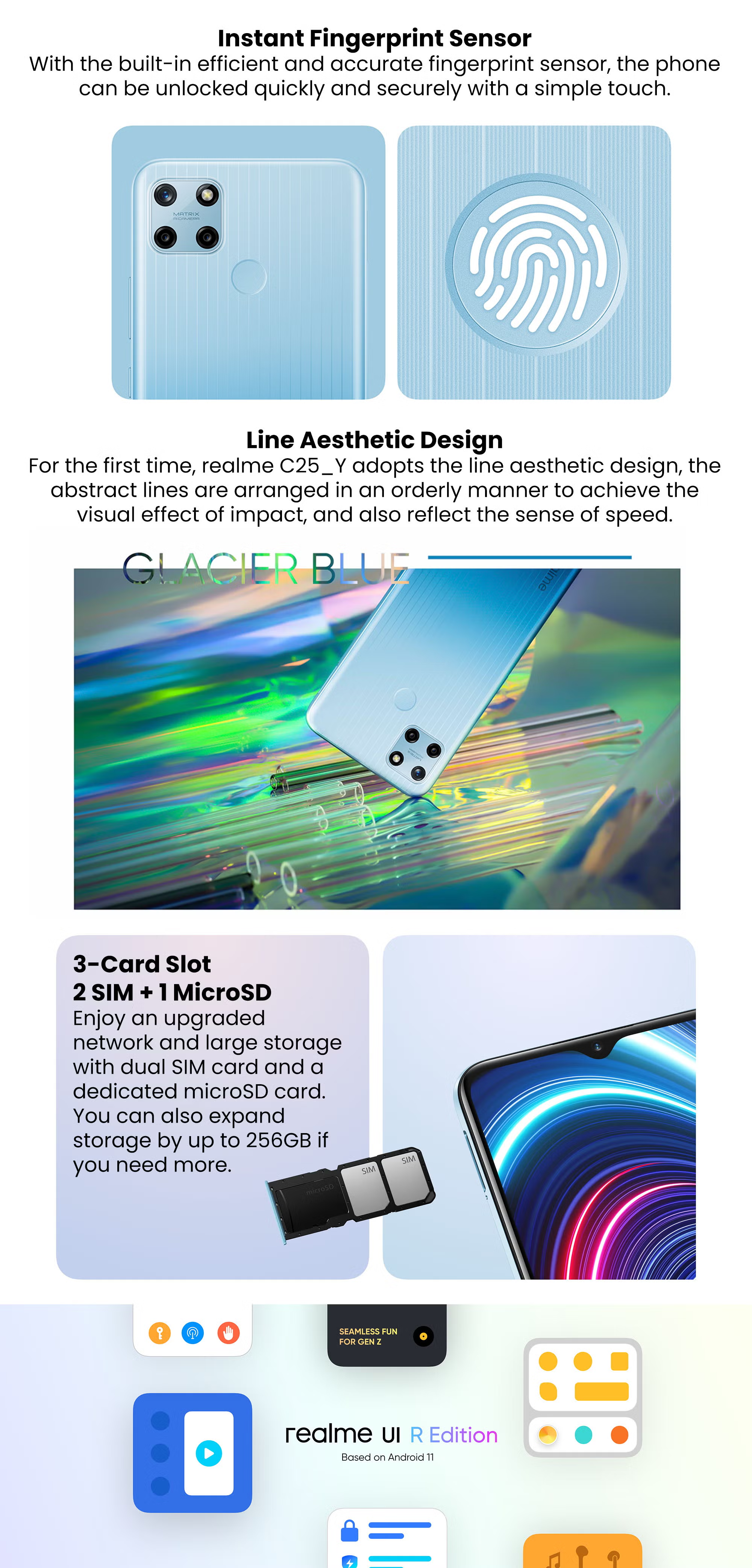Only 0 left in stock
Shipped To Please select the address you want to ship to
Shipping price :
Overview
Highlights
OverviewA smartphone is a portable computer device that combines mobile telephone and computing functions into one unit. They are distinguished from feature phones by their stronger hardware capabilities and extensive mobile operating systems, which facilitate wider software, internet (including web browsing over mobile broadband), and multimedia functionality (including music, video, cameras, and gaming), alongside core phone functions such as voice calls and text messaging. Smartphones typically contain a number of metal–oxide–semiconductor integrated circuit chips, include various sensors that can be leveraged by pre-included and third-party software (such as a magnetometer, proximity sensors, barometer, gyroscope, accelerometer and more), and support wireless communications protocols.Early smartphones were marketed primarily towards the enterprise market, attempting to bridge the functionality of standalone personal digital assistant devices with support for cellular telephony, but were limited by their bulky form, short battery life, slow analog cellular networks, and the immaturity of wireless data services. These issues were eventually resolved with the exponential scaling and miniaturization of MOS transistors down to sub-micron levels, the improved lithium-ion battery, faster digital mobile data networks (Edholm's law), and more mature software platforms that allowed mobile device ecosystems to develop independently of data providers.In the 2000s, NTT DoCoMo's i-mode platform, BlackBerry, Nokia's Symbian platform, and Windows Mobile began to gain market traction, with models often featuring QWERTY keyboards or resistive touchscreen input, and emphasizing access to push email and wireless internet. Following the rising popularity of the iPhone in the late 2000s, the majority of smartphones have featured thin, slate-like form factors, with large, capacitive screens with support for multi-touch gestures rather than physical keyboards, and offer the ability for users to download or purchase additional applications from a centralized store, and use cloud storage and synchronization, virtual assistants, as well as mobile payment services. Smartphones have largely replaced PDAs, handheld/palm-sized PCs, portable media players (PMP)[1] and to a lesser extent, handheld video game consoles.Improved hardware and faster wireless communication have bolstered the growth of the smartphone industry.
Specifications
Expandable Memory Type | MicroSD |
Secondary Camera Resolution | 8 MP |
Charging Type | Micro USB |
SIM Count | Dual SIM |
Processor Speed | 1.8 GHz |
Secondary Camera | 8 - 11.9 MP |
RAM Size | 4 GB |
Battery Size | 5000 mAh |
Internal Memory | 128 GB |
Product Weight | 200 g |
Screen Size | 6.5 in |
Version | International Version |
SIM Type | Nano SIM |
Display Resolution | 720x1600 |
Refresh Rates | 60Hz |
Colour Name | Glacier Blue |
Display Type | IPS LCD |
Display Resolution Type | Full HD |
Operating System Version | Android 11 |
Operating System | Android |
Product Length | 6.5 in |
Product Height | 0.3 in |
Product Width/Depth | 2.9 in |
Network Frequency Band | LTE |
Operating System Number | Android 11, Realme UI R |
Processor Name | Unisoc |
Processor Number | T610 |
Number of Cores | Octa Core |
Glass Technology | Gorilla Glass |
Maximum Expandable Memory | 256 GB |
Primary Camera Feature | Triple |
Flash | LED |
Video Recording Resolution Type | 1080p |
Fast Charging | Yes |
Water/Dust Properties | Water Resistant and Dust Resistant |
Sensor | Accelerometer, proximity_sensors, Fingerprint |
Finish | Metal |
What's In The Box | realme C25Y Dual Sim Glacier Blue 4GB RAM 128GB 4G LTE |
Model Year | 2021 |
Network Type | 4G |
Condition | New |
Model Number | RMX3269 |
Model Name | Realme C25Y |
Primary Camera (MP) | 50+2+2 |
Product Features


